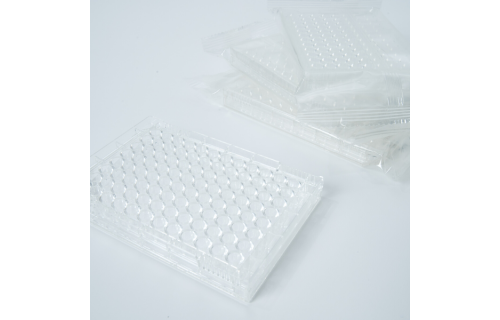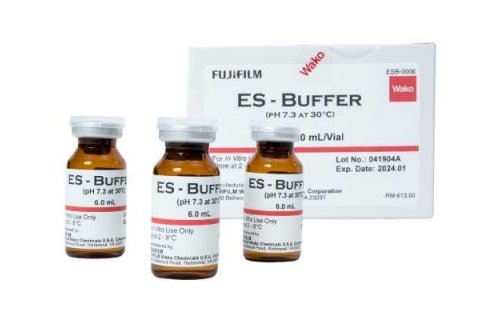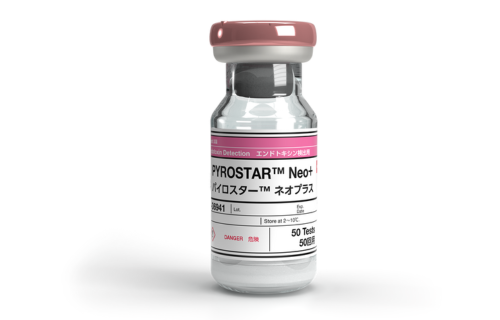Choosing which reagent is right for your testing needs
The choice of suitable reagents with adequate quality is a prerequisite for the generation of accurate and reliable experimental results from laboratory testing. However, there are no universal guidelines regarding the selection process, and each laboratory or institution develops their own standards and procedures. In addition, it may be challenging to evaluate the numerous available products from various manufacturers. Here are five factors to think about when selecting reagents for your experimental needs:
1. Consider lot-to-lot variability
Reagent characteristics may show lot-to-lot variations, which may negatively affect the reliability of experimental results.1 The relative significance of lot variations depends also on the specifics and purpose of the planned experiments (such as, whether they are a part of research or clinical investigations). Therefore, usually each laboratory establishes its own processes for assessing and handling lot-to-lot variabilities. Protocols for the evaluation of new lots have also been proposed by different organizations, including the Clinical and Laboratory Standards Institute.2
2. Select reagents with appropriate purity grades
Reagents are produced with different purity grades, including the ACS, reagent, USP, NF, laboratory, purified, and technical grades. The selection of a regent with a suitable purity should be performed taking into consideration the intended purpose of the planned experiments and, if applicable, regulatory guidelines. In addition, reagents can be divided into reagents “for research use only” (RUO) and reagents produced according to good manufacturing practices (GMP), which are manufactured with different degree of stringency.3 Additional information can be acquired by checking the certification of a reagent supplier with the International Organization for Standardization (ISO).3
3. Check the compatibility of a reagent with your lab equipment
For each new reagent or reagent kit, its compatibility with the available lab equipment should be checked. For example, the in vitro LAL assay, which is the most widely used endotoxin test, can be performed using three different techniques: a gel-clot, chromogenic, or turbidimetric test.4 In laboratories that do not have the necessary infrastructure to perform the quantitative chromogenic or turbidimetric LAL assays, the qualitative gel-clot LAL assay can be carried out without the need for expensive equipment.
4. Analyze the high-throughput potential, time requirements, and cost of the reagent
In a busy diagnostic or research laboratory, time and scalability are important considerations. However, in other settings, where only a low number of samples are analyzed, cost may be a more important concern. In the LAL assay example, the chromogenic and turbidimetric assays enable the performance of quantitative and high-throughput experiments, saving time and delivering quantitative results. In contrast, the gel-clot assay allows prompt and cost-effective but qualitative evaluation of individual samples.
5. Review publicly available guidelines for reagent selection
Guidelines for a structured reagent selection process have been proposed, which may be helpful to researchers choosing reagents for their planned experiments. Thus, scientists have developed guidelines scoring frequently used reagents with regards to their chemistry, potential for 15 transformations, safety and environmental risks, and life cycle.5
Choosing the most appropriate reagents for the testing needs of one’s laboratory is a complex and challenging task. Considering lot variability, reagent purity, equipment compatibility, time and scalability requirements, and publicly available guidelines for reagent selection may facilitate and streamline this process.
Literature sources:
- Thompson S, Chesher D. Lot-to-Lot Variation. The Clinical Biochemist Reviews 2018;39(2):51-60.
- Clinical and Laboratory Standards Institute. CLSI document EP26-A. Wayne, PA, USA: CLSI; 2013. User Evaluation of Between-Reagent Lot Variation; Approved Guideline.
- Perry G. How Pure is Pure? Understanding Reagent Purity Grades. Pharmaceutical Technology 2021;45(9):40–42.
- Suvarna K. Endotoxin detection methods – Where are we now? American Pharmaceutical Review 2015, August 25.
- Adams JP, Alder CM, Andrews I, Bullion AM, Campbell-Crawford M, Darcy MG, Hayler JD, Henderson RK, Oare CA, Pendrak I, Redman AM. Development of GSK's reagent guides–embedding sustainability into reagent selection. Green Chemistry 2013;15(6):1542-1549.






